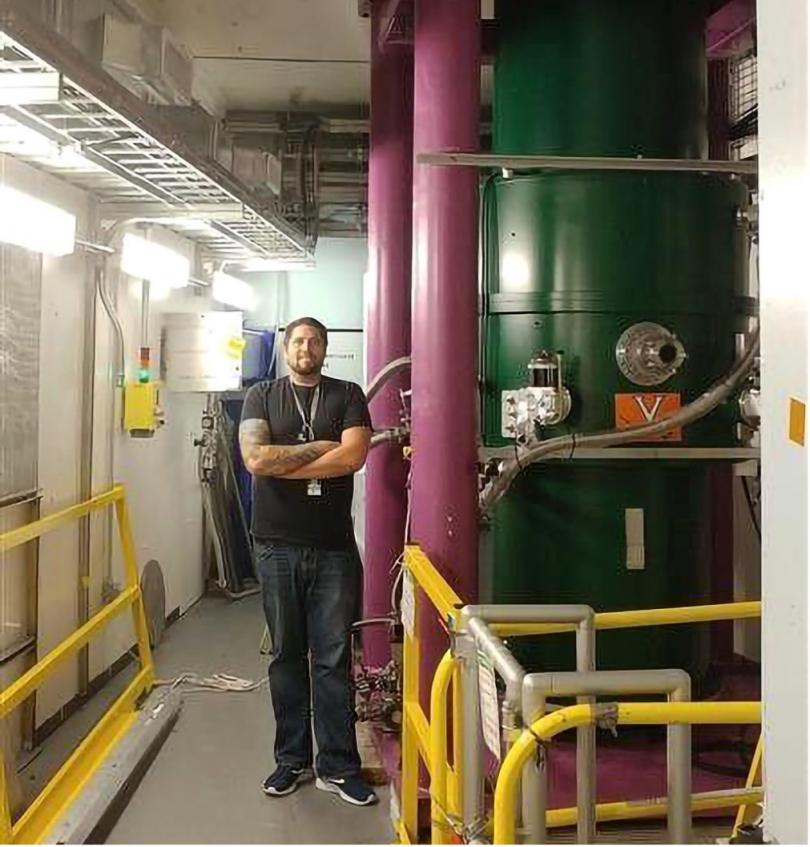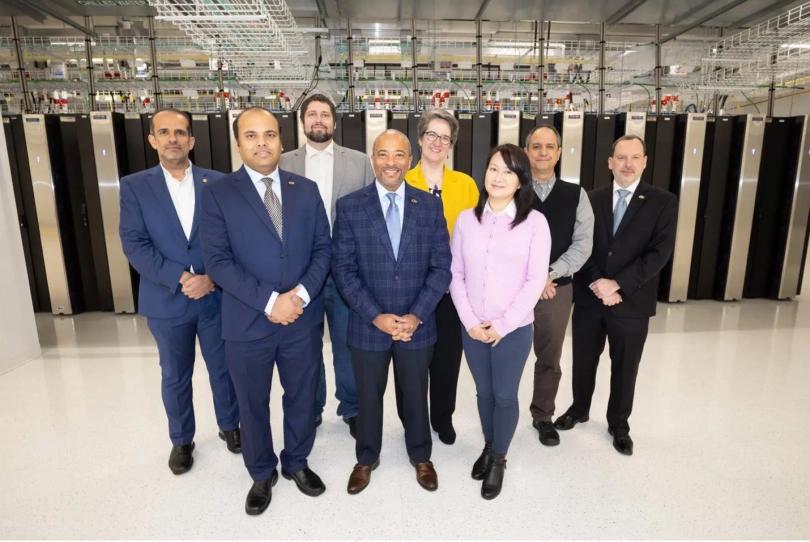
My visit to the University of Kentucky in the spring of 2012 was timed perfectly: I was in town for the decisive Sweet Sixteen victory over Indiana, Paul Steinhardt delivered the van Winter Lecture detailing his adventures searching for natural quasicrystals, and the burst of spring throughout the campus and downtown triggered hometown nostalgia that I hadn’t realized I had been missing in Buffalo. Lexington was alight with the fire of life (and couches), and as I headed back to the airport, I knew I’d return in the fall to pursue my graduate studies. Unbeknownst to me, however, I would depart from the experimental condensed matter physics work I’d started with my advisor at SUNY Buffalo State, Prof. Ram Rai (UK Ph.D. ’04). Instead, I began working with Prof. Christopher Crawford in experimental nuclear physics, a decision reached following the first-year faculty seminar series and a summer research opportunity to get hands-on experience.
As much as my research with Prof. Crawford and the Neutron-a,b (Nab) collaboration was focused on leveraging free neutron and nuclear beta decay as precision tests of the Standard Model and a probe for Beyond the Standard Model physics, it also demanded novel approaches for instrumentation to achieve the target precision necessary for the desired results. My main project was development of the data acquisition system, but that rapidly extended to efforts on the detector and amplification electronics as well as simulation and analysis studies. Since my work was so tightly coupled to the hardware, I followed it; after completing my coursework, I moved to Los Alamos to prototype the detection and data acquisition systems with the Ultra-Cold Neutron B (UCNB) experiment, and then to Oak Ridge as the beamline became available for Nab installation; throughout this period, I also spent several weeks at National Instruments headquarters in Austin, TX, to engage directly with their engineers as we developed our system. During my time at UK, I worked with individuals across the spectrum of academia, government, and industry, and was able to experience both small, local research and distributed, international collaboration.
Beyond the physics, I became familiar with various computer architectures, software frameworks, and even a fair bit of vendor relations, which opened the door to a research faculty position at Georgia Institute of Technology. When I joined the Partnership for an Advanced Computing Environment (PACE) team as a computing facilitator in 2019, I was able to lean on my experience in graduate school building software and debugging applications to help the broad community at Georgia Tech do similar. However, I was also able to carry forward the ambition that Prof. Crawford had helped cultivate throughout my dissertation work, which allowed me to have a significant hand in projects such as data-driven policy and infrastructure changes, transitioning our computing model to a more sustainable approach as an on-prem cloud, designing the AI Makerspace, and development of a datacenter digital twin to further promote and augment our platforms. Additionally, I found collaborative opportunity with other faculty around campus, growing our novel architecture testbed through broadened community access and providing insights and data to enable research efforts around efficiency and sustainability.

Of course, it is difficult to completely walk away from the physics community, having spent such a significant portion of time on experiments still ongoing. Fortunately, I can still contribute to the efforts I began in grad school, even if from a different perspective. Instead of working with silicon detectors and readout electronics, my efforts now amount to computational support, as I provide insight into computational workflows and available platforms. The computational landscape is so very different from when I was doing my own work, and so I try to do my part to leverage tools like containerized software stack, improve cluster resource utilization, and tap into next-gen hardware like data-processing units (DPUs) to enhance experimental infrastructure.
I look fondly on my time with the University of Kentucky Department of Physics & Astronomy. Those years were so enriching and eventful that often it feels like a whole life lived, rather than just a short stint in my career. I can absolutely say that I am where I am because of my time at UK, and I hope others can reflect so positively on their own time in Lexington and beyond.
